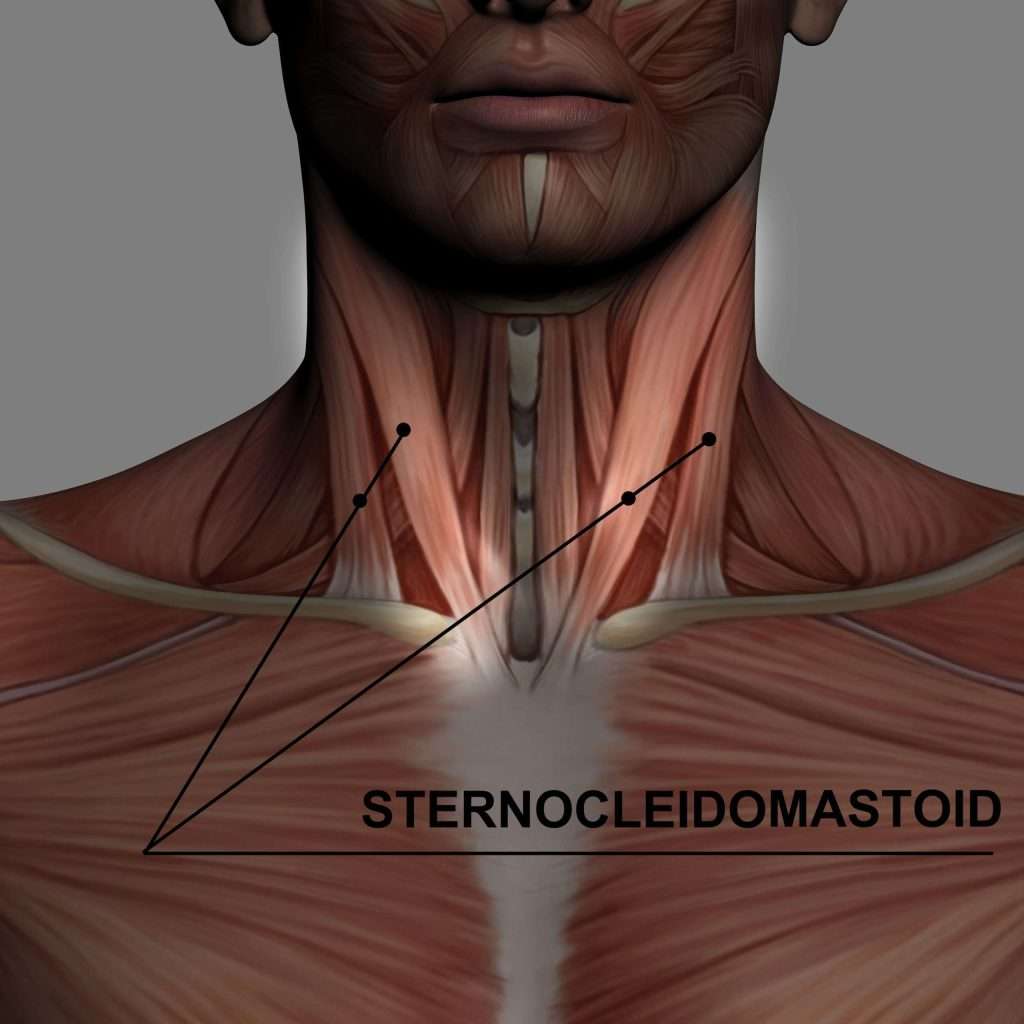
Self Massage for Headache
Headaches really hurt! In this post I show you the common headache trigger points for the biggest headache producing muscle in the neck, the SCM. Follow along with the headache self massage SCM video tutorial and the written instructions.

SCM Referred Pain
The pictures show the SCM (sternocleidomastoid) muscle.
Referred pain, the red area, comes from trigger points in the muscles, the X‘s
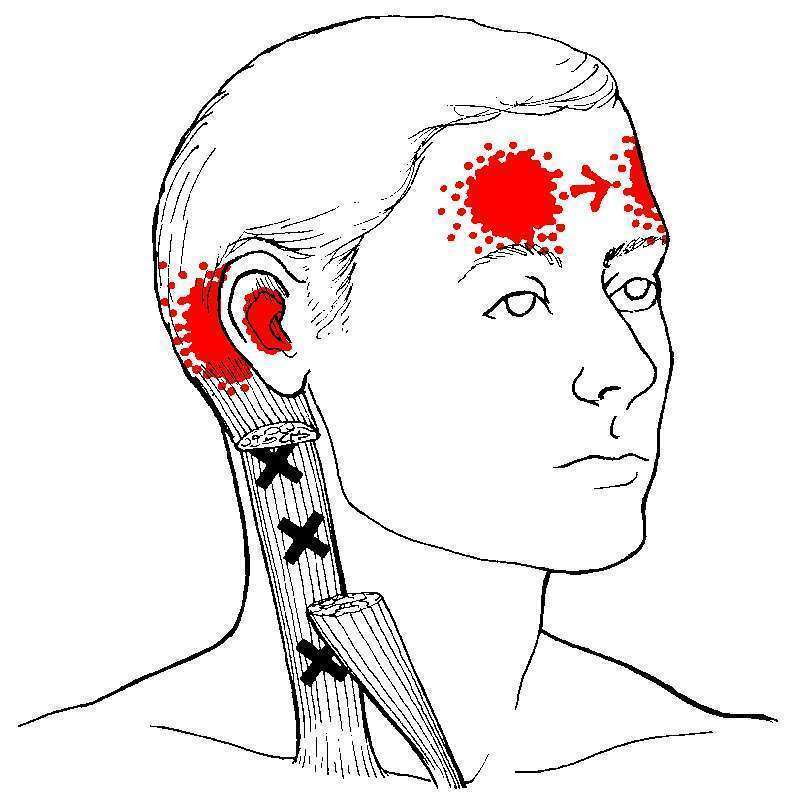
- Tension headache.
- Muscles tender to touch.
- Persistent, dry, tickly cough.
- Nausea and loss of appetite.
- Seasickness or car sickness.
- Deep ear pain.
- Pain in the cheek and molar teeth.
- Referred eye and sinus symptoms.
- Dizziness and disturbed balance/vertigo.
Common Symptoms of Tight SCM (Sternocleidomastoid) Muscle
- Pain refers to top of the head, back of the head, cheek and over the top or behind the eye.
- Sinus congestion on affected side, chronic sore throat from referred pain rather than infection.
- Weeping and reddening of the eye, blurred vision, drooping or twitching of the eyelid.
- One-sided deafness or crackling in the ear.
- Headaches across the whole forehead.
Sternocleidomastoid Massage Tutorial Video
Headache Self Massage Instructions- from video
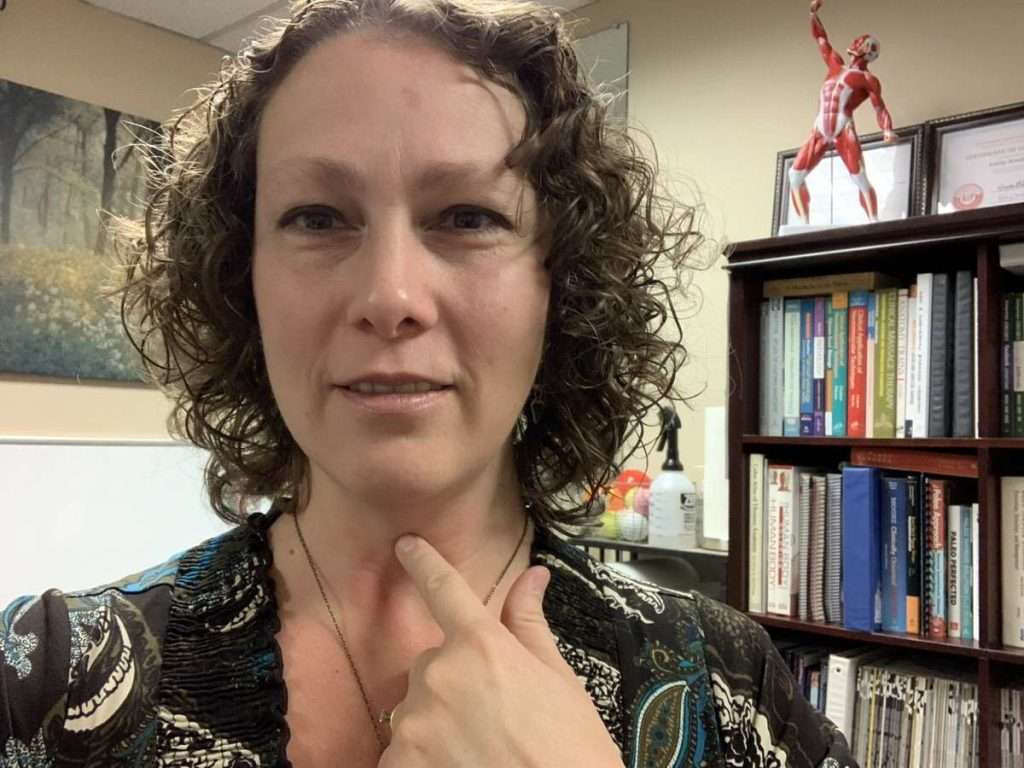
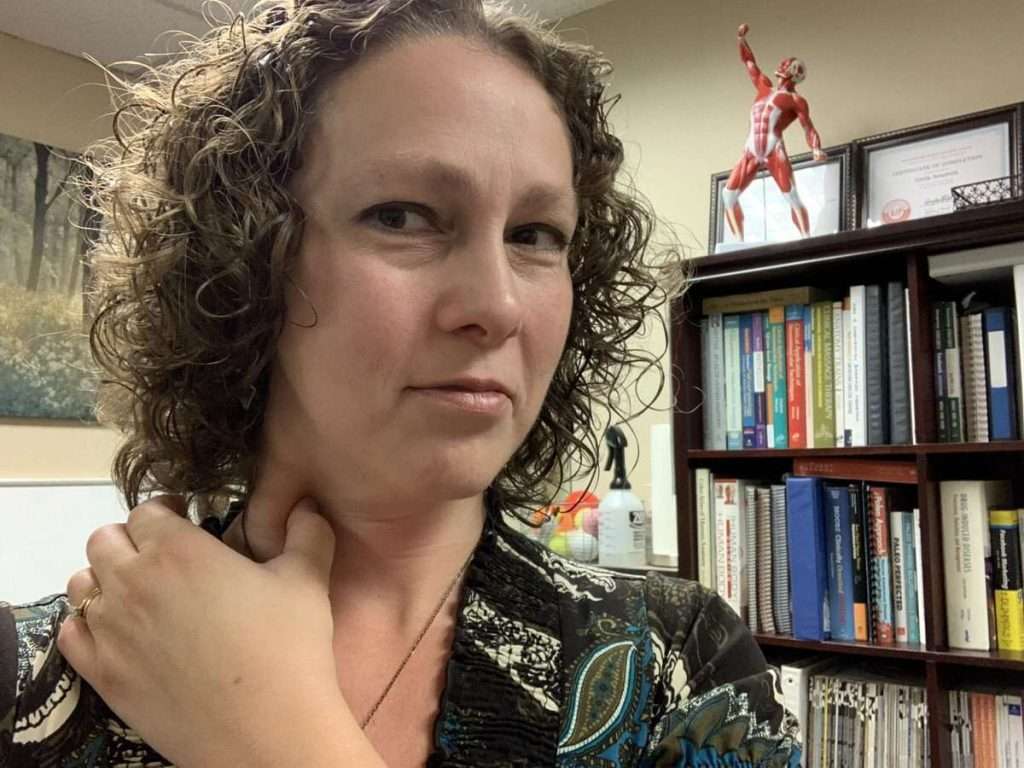
- Turn head to the right.
- If you feel a pulse from grasping the SCM muscle, release the muscle. Push the SCM away from the center of the throat with your thumb and then grasp the muscle as directed below.
- Grasp the middle of your right SCM muscle with your left forefinger and thumb, until you feel tenderness or a sensitive spot in the muscle.
- Hold for 15 seconds.
- Release and move 1 finger breadth up.
- Repeat, until you reach the top of the muscle.
- Repeat steps on left SCM.
- On a pain scale 1 to 10 (1 = no pain, 10 = excruciating pain), do not go above a 7. Lessen the pressure of your grasp, if there is too much pain.
- The SCM muscle should reach a point, after a few sessions, where there is no pain.
- Self-massaging the SCM muscle may cause you to feel tenderness or a sensitive area in the muscle, but also behind and around the eye.
- Muscle pain and referred pain from the SCM indicates a need to relax the muscle through massage.
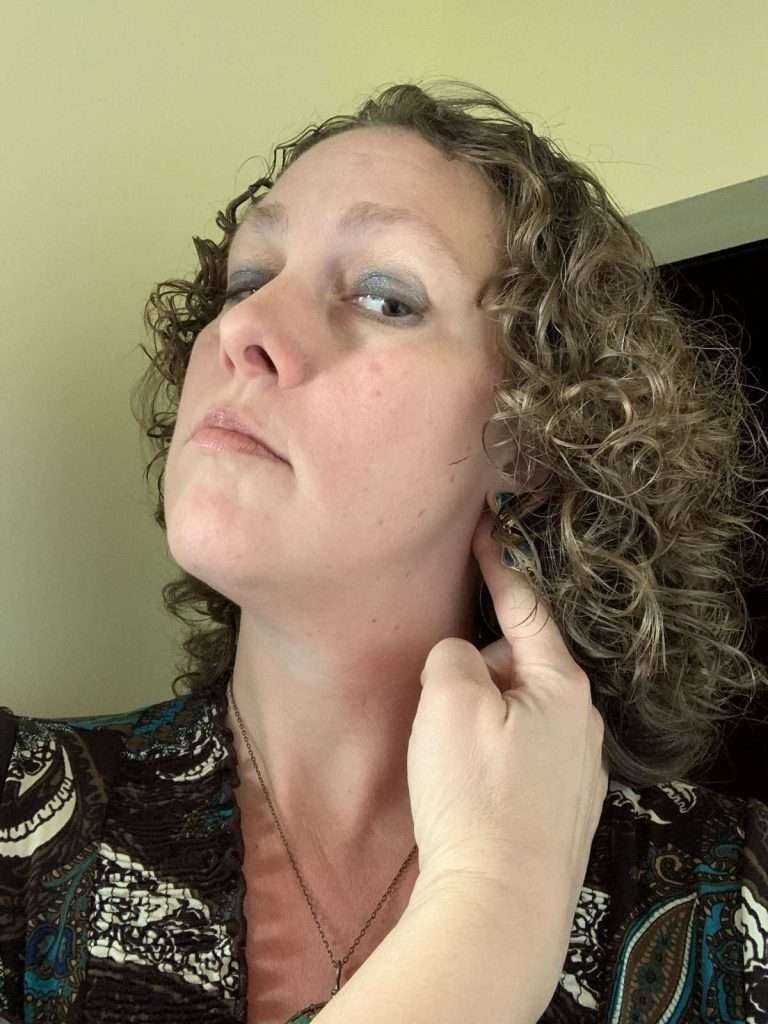

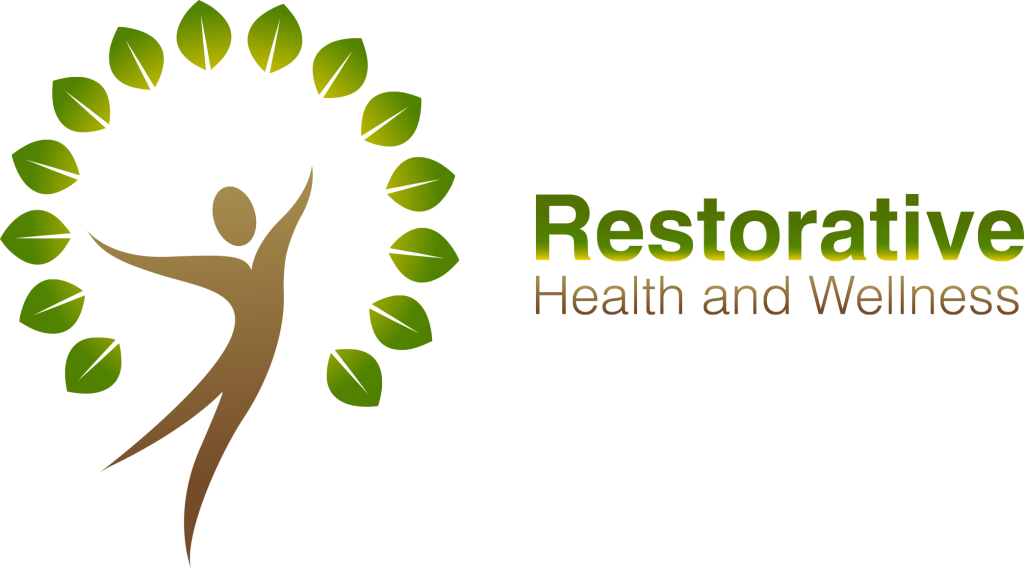

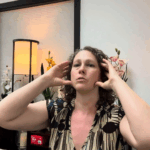
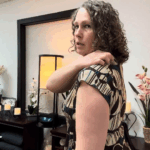

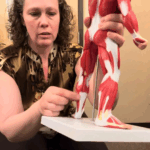
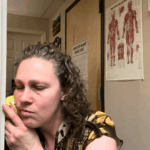
Leave a Reply
You must be logged in to post a comment.